Gyro Compass on Ships: Construction, Working, and Usage
A Gyro compass is a form of gyroscope, used widely on ships employing an electrically powered, fast-spinning gyroscope wheel and frictional forces among other factors utilising the basic physical laws, influences of gravity and the Earth’s rotation to find the true north.
Construction
Gyro compass has become one indispensable instrument in almost all merchant ships or naval vessels for its ability to detect the direction of the true north and not the magnetic north. It is comprised of the following units:
- Master Compass: Discovers and maintains the true north reading with the help of a gyroscope.
- Repeater Compasses: Receive and indicate the true direction transmitted electrically from the Master Compass.
- Course Recorder: Makes a continuous record of the manoeuvring on a moving strip of paper.
- Control Panel: Governs the electrical operation of the system and ascertains the running condition by means of a suitable meter.
- Voltage Regulator: Maintains constant supply of the ship to the motor-generator.
- Alarm Unit: Indicates failure of the ship’s supply.
- Amplifier Panel: Controls the follow-up system.
- Motor Generator: Converts the ship’s DC supply to AC and energizes the Compass equipment.
Gyro compasses are linked to the repeater compasses via one transmission system. The fast-spinning rotor attached weighs from 1.25 pounds to 55 pounds.
It is driven thousands of revolutions per minute by another electric motor. However, the most essential part of a Gyro compass system is the spinning wheel, which is known as the Gyroscope.
Working
External magnetic fields which deflect normal compasses cannot affect Gyro compasses. When a ship alters its course the independently driven framework called ‘Phantom’ moves with it, but the rotor system continues to point northward.
This lack of alignment enables it to send a signal to the driving motor, which moves the phantom step in with the rotor system again in a path where the phantom may have crossed only a fraction of a degree or several degrees of the compass circle.
As soon as they are aligned, electrical impulses are sent by the phantom to the repeater compasses for each degree it traverses.
The Gyroscope in the Gyrocompass is mounted in such a way so that it can move freely about three mutually perpendicular axes and is controlled as to enable its axis of spin settled parallel with the true meridian, influenced by the Earth’s rotation and gravity.
The Gyrocompass system applications are based upon two fundamental characteristics, which are:
- Gyroscopic Inertia: The tendency of any revolving body to uphold its plane of rotation.
- Precession: A property that causes the gyroscope to move, when a couple is applied. But instead of moving in the direction of the couple, it moves at right angles to the axis of the applied couple and also the spinning wheel.
These two properties and the utilization of the Earth’s two natural forces, rotation and gravity, enacts the Gyrocompass to seek true north.
Once settled on the true meridian the rotor indefinitely will remain there as long as the electrical supply of the ship remains constant and unaltered and unaffected by external forces.
Usage and Errors
Gyro compasses are pre-eminently used in most ships in order to detect true north, steer, and find positions and record courses.
But due to the ship’s course, speed and latitude, there could appear some steaming errors. It has been found that on Northerly courses the Gyro compass north is slightly deflected to the West of the true meridian whereas on Southerly courses it is deflected to the East.
Modern ships use a GPS system or other navigational aids to feed data to the Gyrocompass for correcting the error. An orthogonal triad of fibre optic design and also ring laser gyroscopes which apply the principles of optical path difference to determine the rate of rotation, instead of depending upon mechanical parts, may help eliminate the flaws and detect true north.
You may also like to read-Automatic Identification System (AIS) & The Importance of Vessel Tracking System
An Introduction to Fluxgate Compass
Disclaimer: The authors’ views expressed in this article do not necessarily reflect the views of Marine Insight. Data and charts, if used, in the article have been sourced from available information and have not been authenticated by any statutory authority. The author and Marine Insight do not claim it to be accurate nor accept any responsibility for the same. The views constitute only the opinions and do not constitute any guidelines or recommendations on any course of action to be followed by the reader.
Do you have info to share with us ? Suggest a correction
Latest Marine Navigation Articles You Would Like:
Subscribe To Our Newsletters
By subscribing, you agree to our Privacy Policy and may receive occasional deal communications; you can unsubscribe anytime.



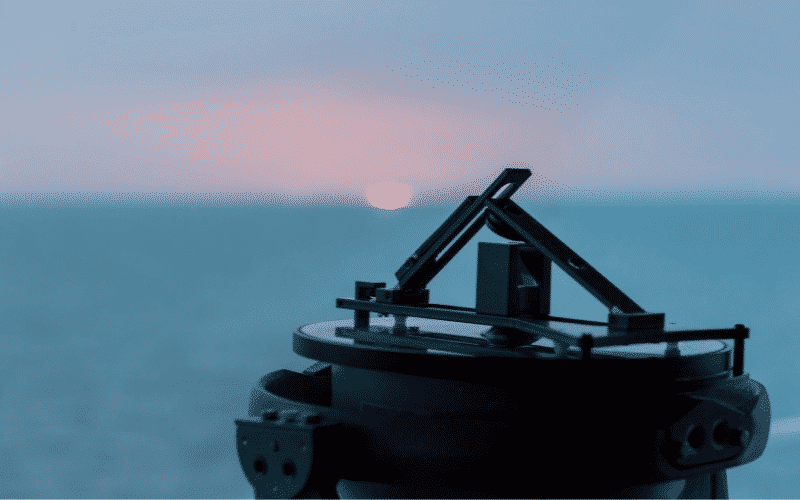
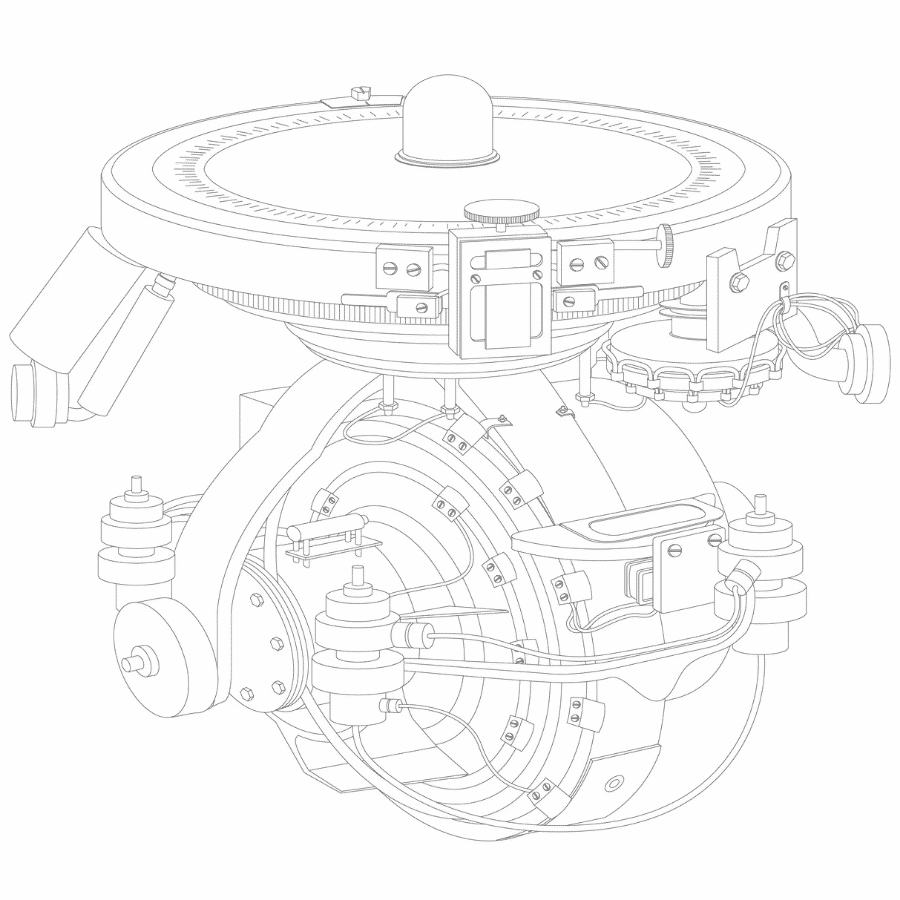
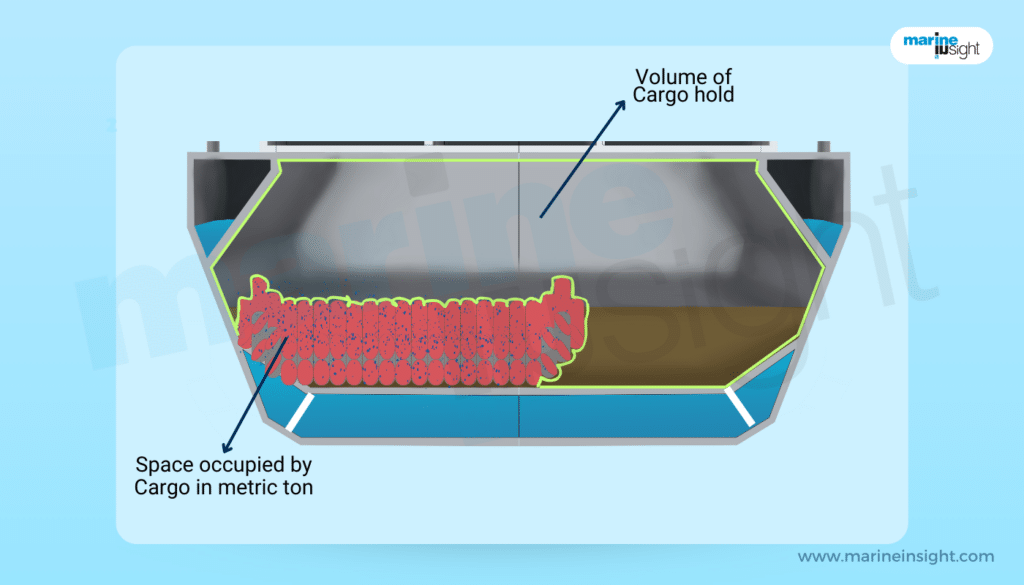




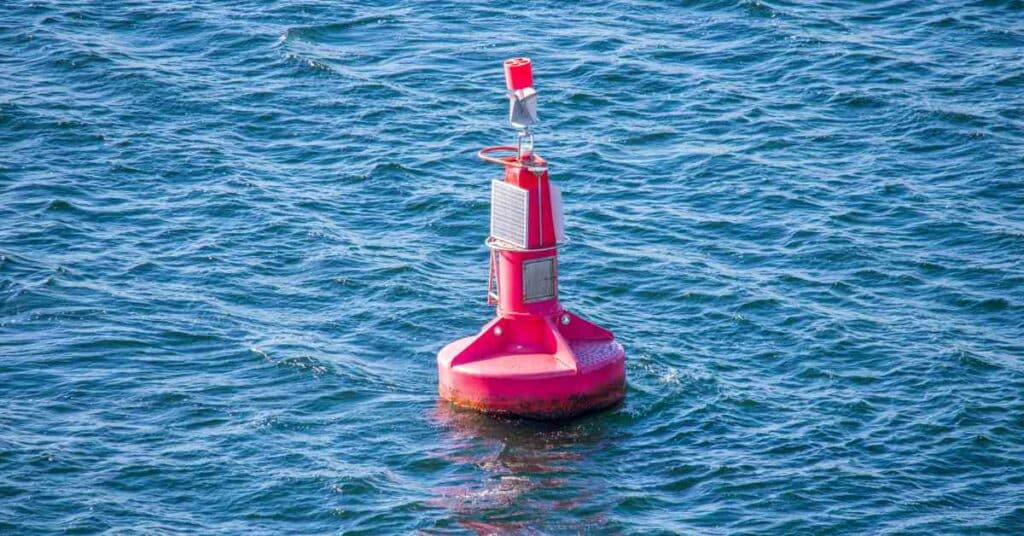

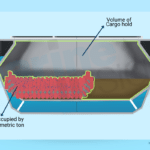




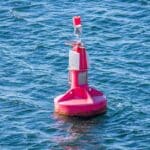
pleasehelp.compass with cover,like divers helmit, has veiwing glass init, electric light and oil lamp.cover comes off with half turn. beleav off american frigate
It is helpful as it is in plain language. I appreciate it.
can you please state the main systems under the control of the gyrocampass and explain it?
i m a business man so i need some importnt person those agree to business with me..
my items are gyro compass,radio equipmnt jss710/720,radar monitor,sound signal reception,Transas ecdis,ECDIS,ship horn/whistle, and all typs of ship navigation..so pls anyone demand any types navugation call me on 01676842852 or email:-zohurelahi1986@gmail.com..thxx
As a ship moves from one side of the earth to the other, wouldn’t the gyroscope flip upside down? If it is indeed spinning to maintain angular momentum, the coronal, axial, and sagittal planes would remain the same. Even if the gyroscope were to remain in a fixed location (ship anchored at a port), the earth is rotating. If the earth rotates once, the gyroscope in the anchored ship should do a complete 360° flip.
Does anyone here have an explanation?
My ship staying at port/docking for a long time, do i have to take a gyro compass error in everyday?
Please advise!
Thanks
Brgds,
Nawir
How often must the course recorder be aligned with the gyro course? Why is this important and how is the alignment being recorded?
I have a compass that is heavy, round and has liquid in it. Can you tell me what it is called?
HOW IS THE TRANSMISSION EFFECTED FROM THE MASTER COMPASS TO THE REPEATERS?
@Corrine I believe that it is a magnetic compass
I would think the 360 applys,like a clock laying flat on the floor,not standing up right like on the wall.?
Is it possible to create a portable Gyrocompass as the one in ships is big and heavy?
El sistema giroscopico, inventado por Karl Anschutsx en 1912, sufrio variantrs tecnológicas a traves de los años, sumando mas giroscopos en su nucleo, y mejorando los sensores de campo. Las infimas desviaciones latitudinales (+/-0.05° en latitudes >70°) fueron compensadas mediante sistemas de control electronico, pero, toda esa tecnología murió a principios del siglo XXI, al crearse el giroscopio laser, que no utiliza partes moviles ni giroscopos. Es libre de mantenimiento y de desvios.